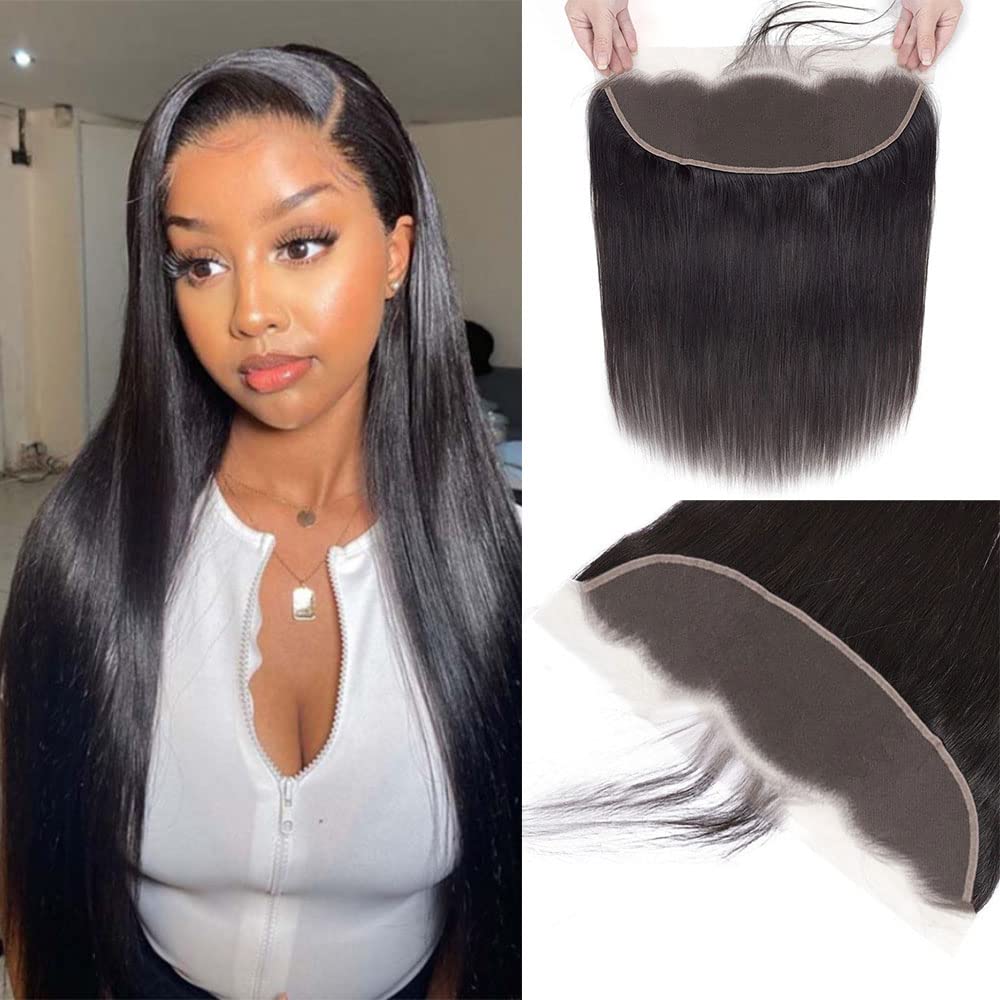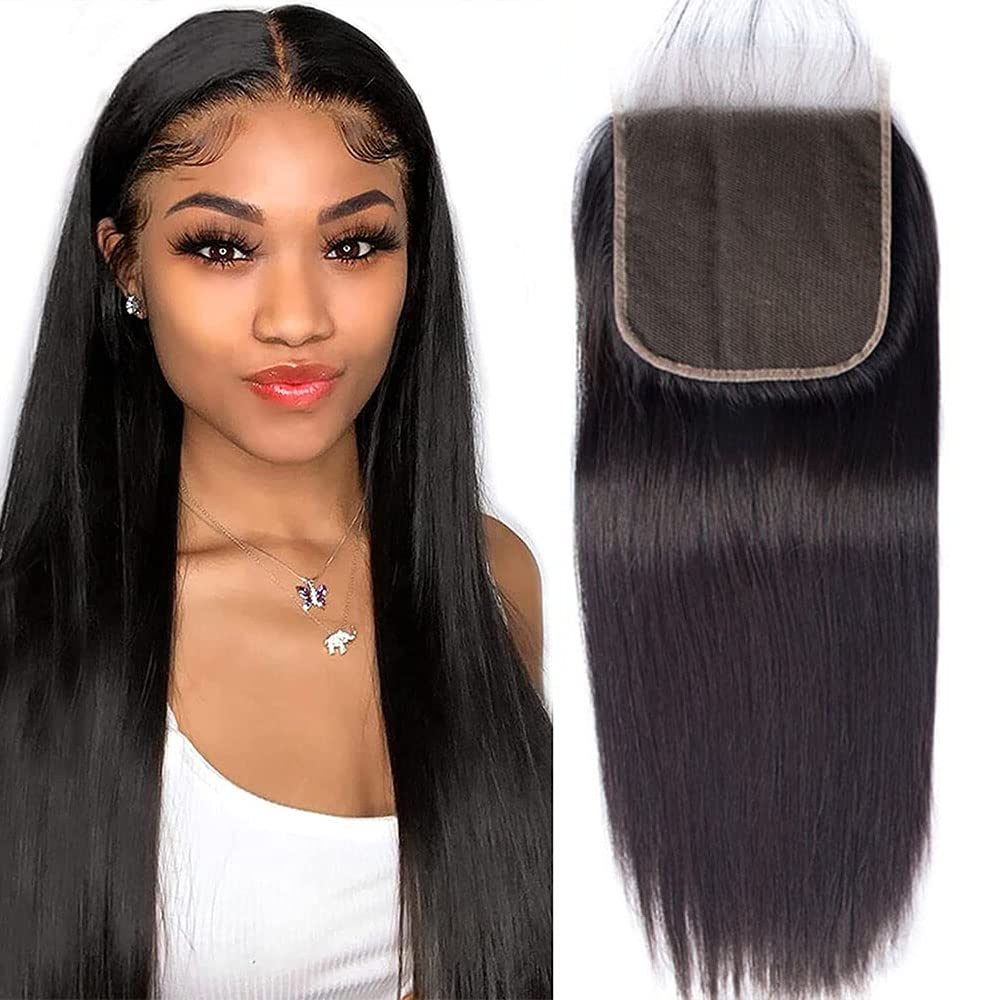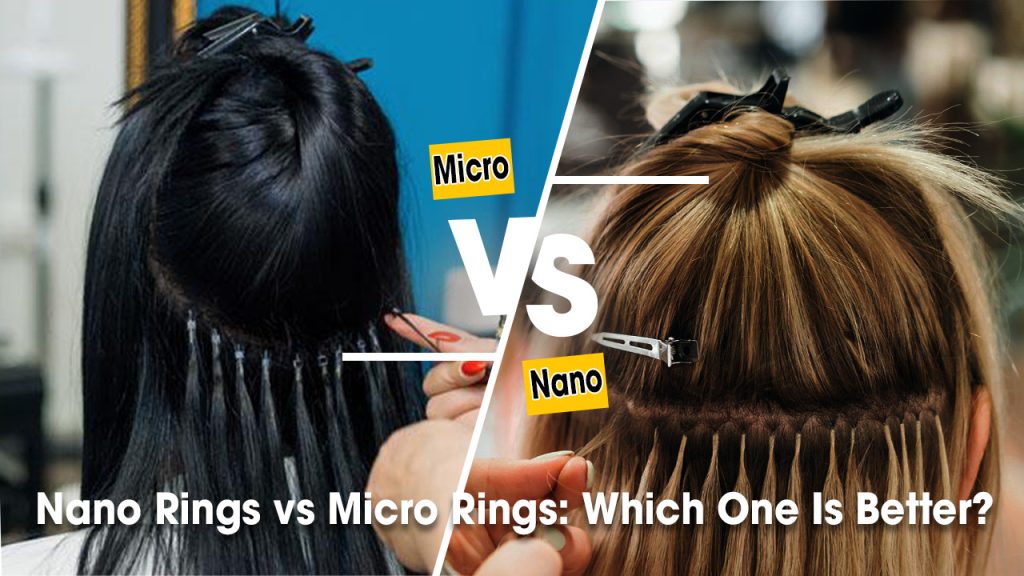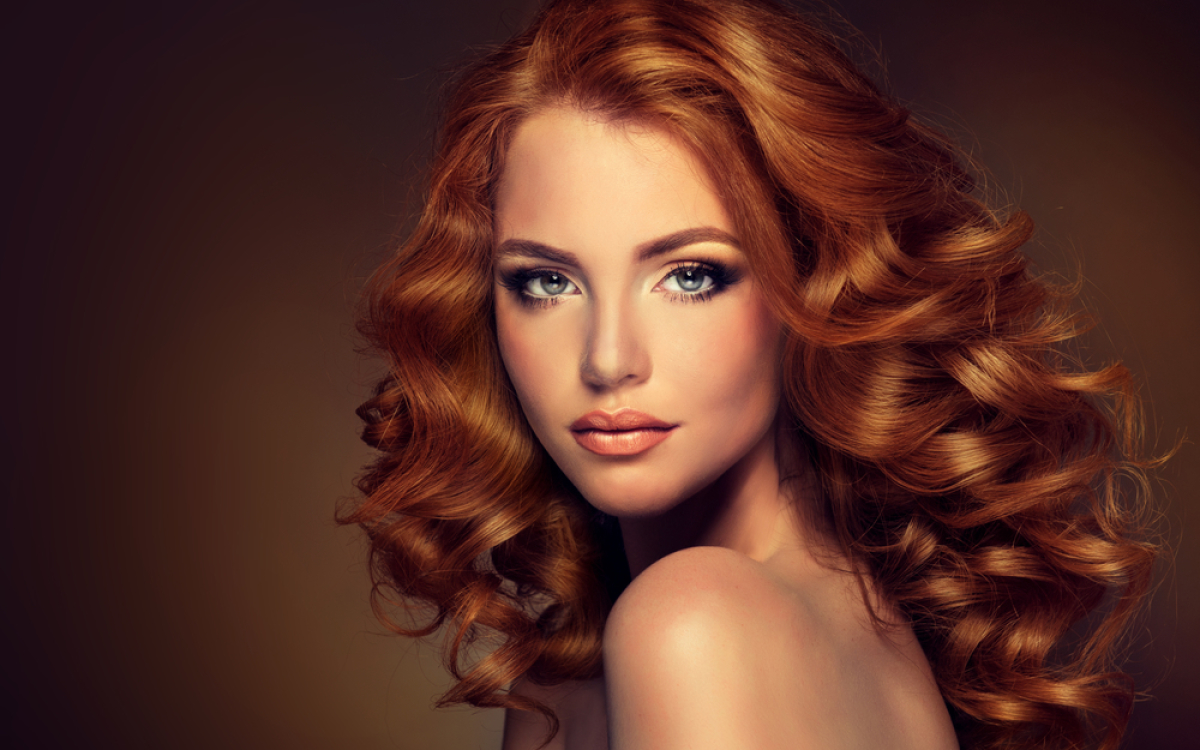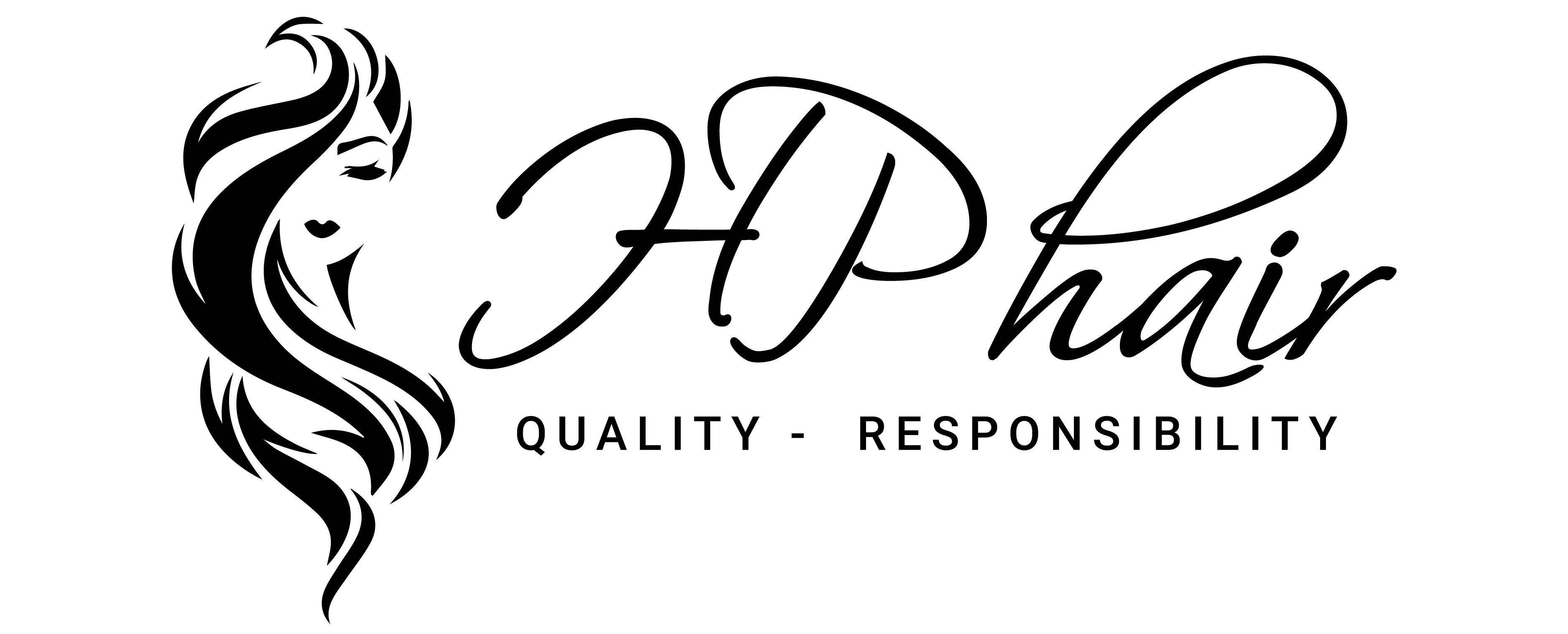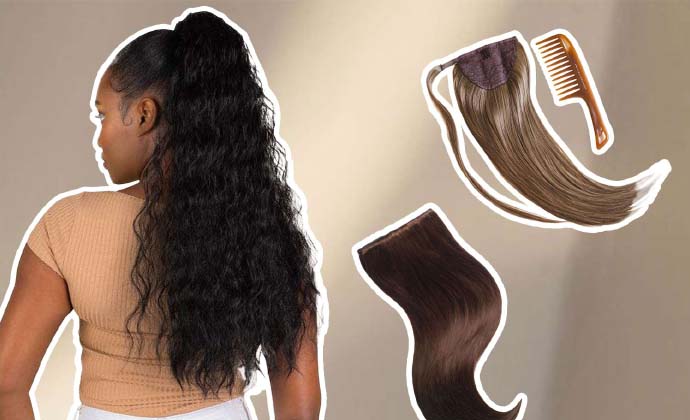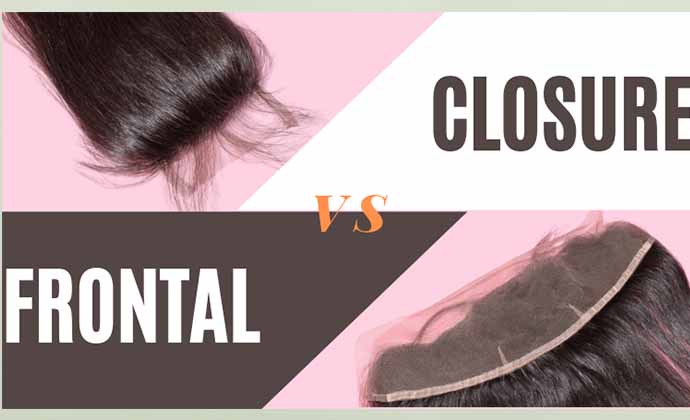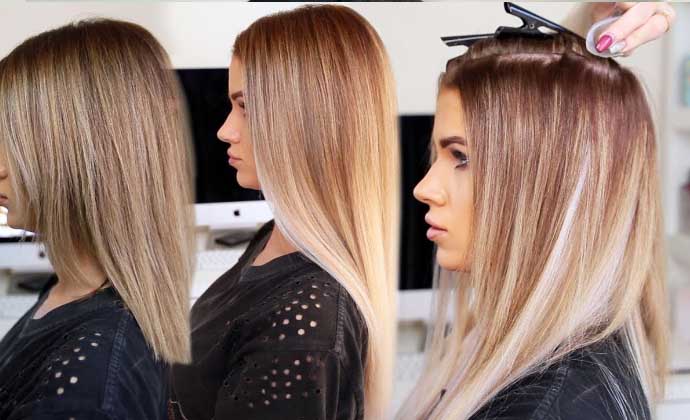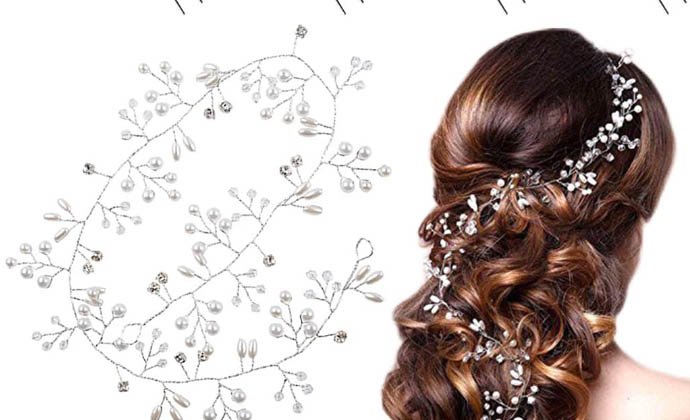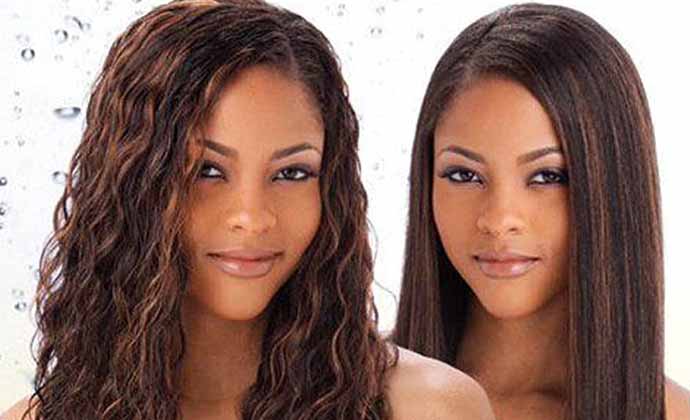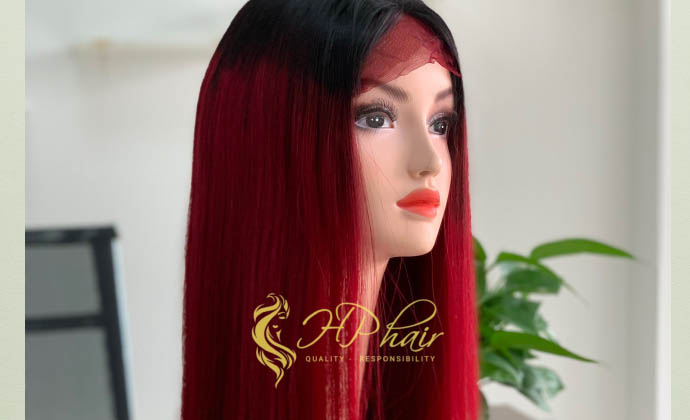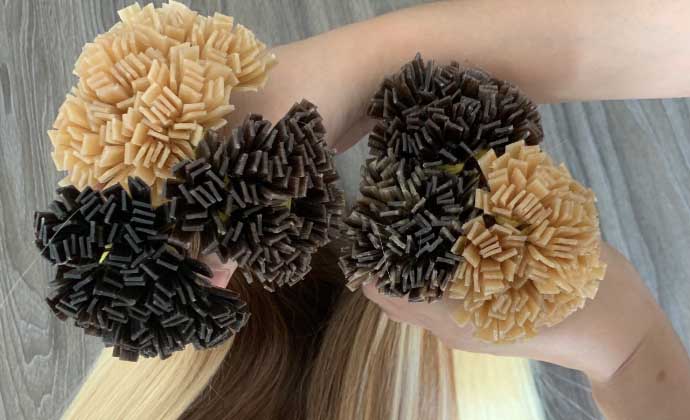What is a hair frontal? What is a hair closure styles? What does a closure look like? How long do hair closures last? How long should you keep a closure in? What is the most natural looking closure? How long can a lace frontal last? These are questions that always puzzle the mind of customers and hair enthusiasts who are interested in frontals and closures. This article will give you all the details you need to differentiate hair frontal from hair closures. It will also answer the questions you seek, and explain everything you need to know about both hair pieces. Do read on for more information.
WHAT IS A HAIR FRONTAL?
